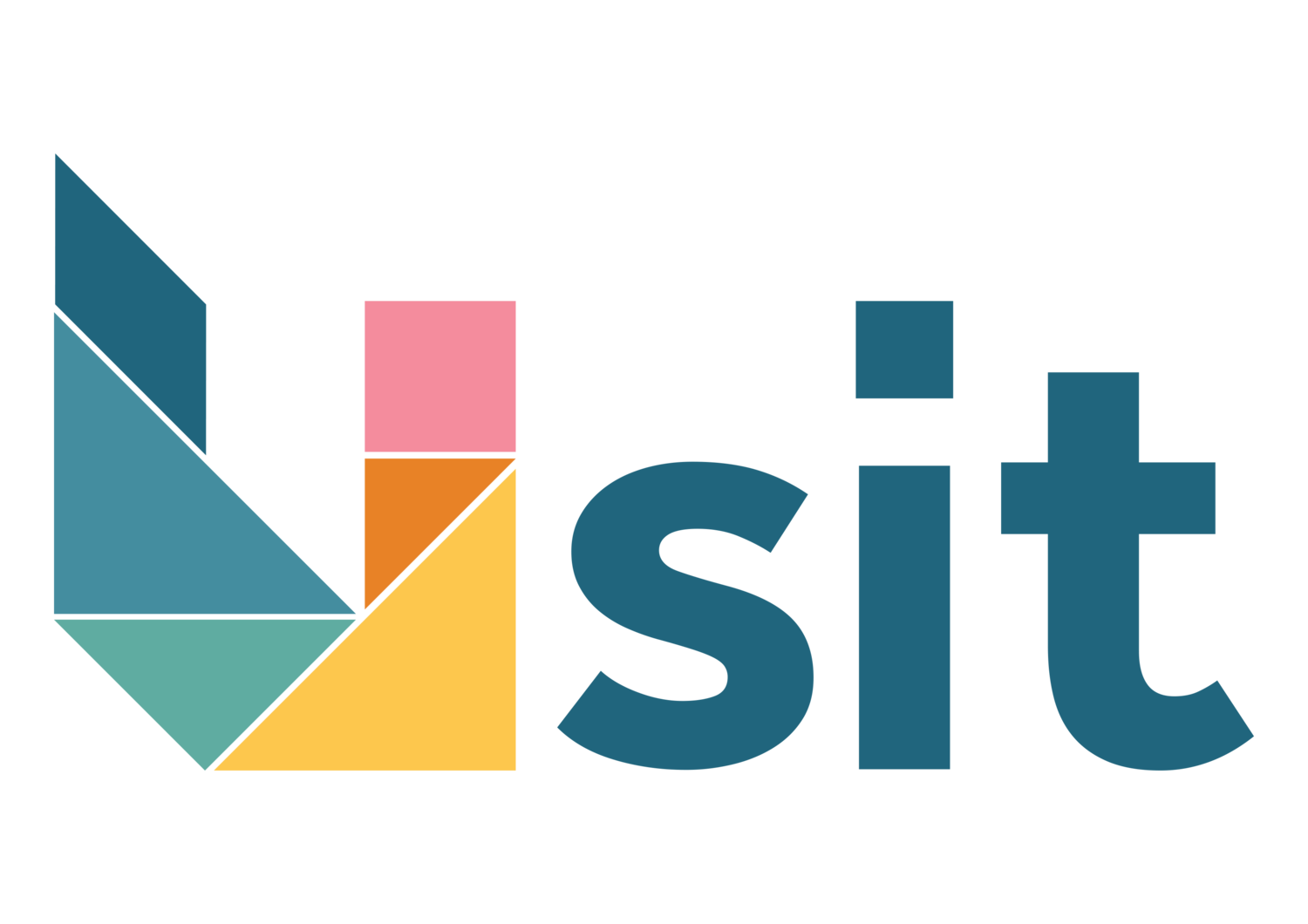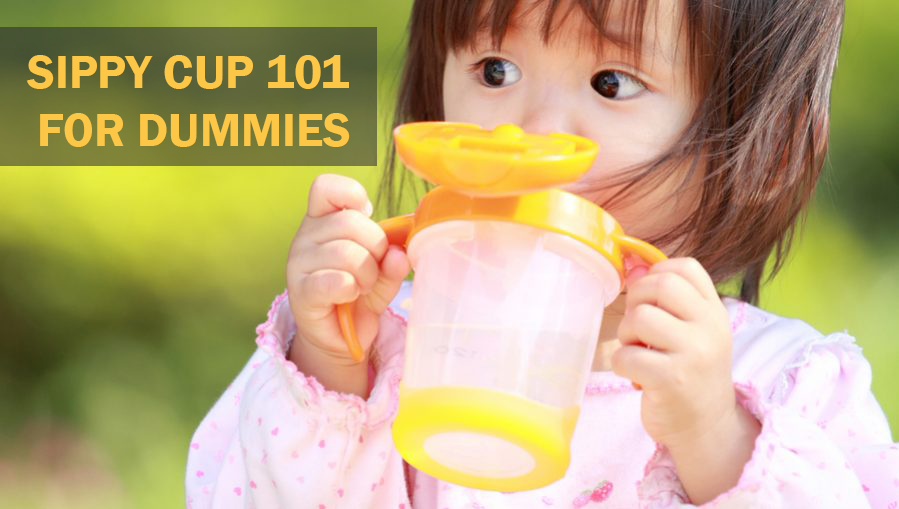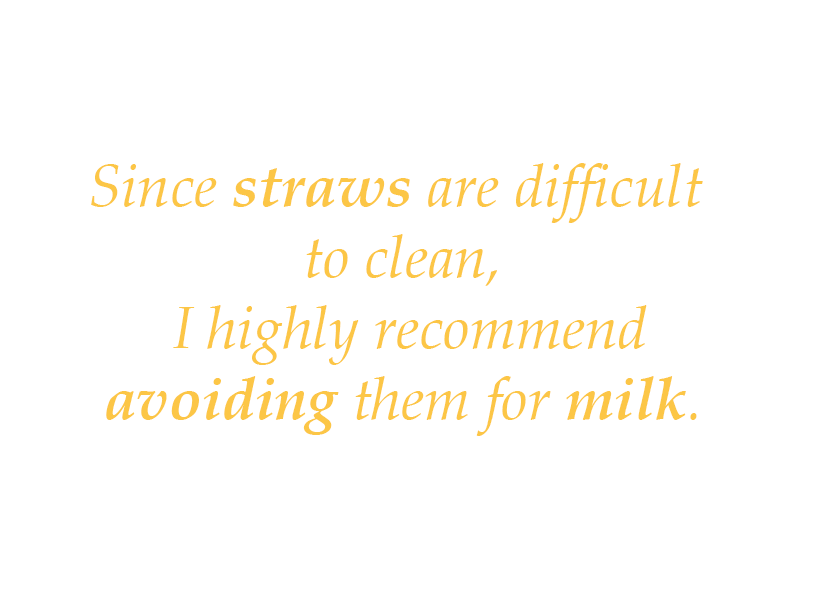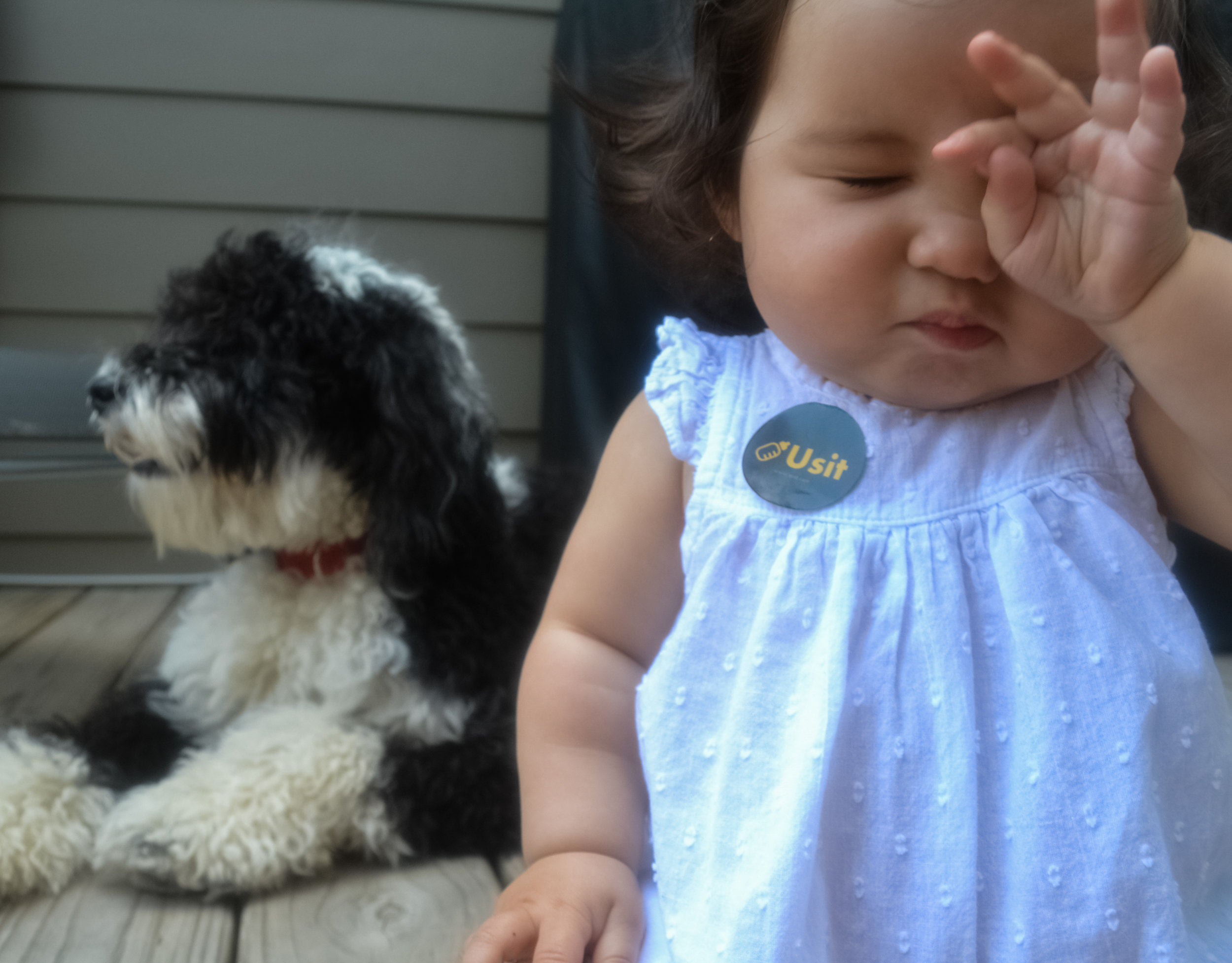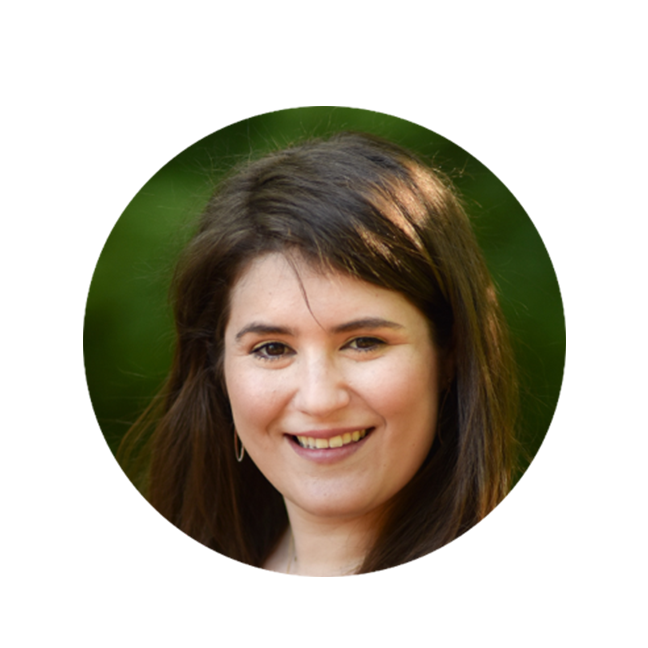By Amanda Rivas, Emory University Student
This story is not a fairy tale. There is no happily ever after. What this story does end with is hope. That is the uncomfortable truth. This summer I chose to do something that would scare me. I chose to do something that I knew would make me uneasy with my inherent privilege. I chose to attend a medical Global Brigade to Honduras. No, I did not come in as a Westerner saving lives of children like a hero. No, this was not a voluntarism trip. I don’t expect to be praised.
I won’t sit here and say how difficult it was to take cold showers, not have internet, and not be accustomed to my privileged culture because that would be completely untrue. I began and ended this trip with the same mindset: I want to immerse myself in a new culture so much that I forget what it is like to have unnecessary privileges. That is exactly what happened. I learned how to be truly happy with the minimum, connect with people without using the crutch of technology, and most importantly I kept falling in love with pediatrics every single day I woke up in Honduras. I will always owe my gratitude and admiration of helping people to the incredible and inspiring doctor that I worked with everyday, Dr. Marcela Orellana.
I’ve said all these bold statements, but what did I actually do in Honduras? Let’s get down to the details. From nebulizing children in respiratory arrest, bathing patients who were on the verge of febrile seizures, cleaning trauma wounds, or administering medicine to mothers and their children, there was not a moment that I was not in awe of this program and country. The tears, smiles, hugs, prayers, and blessings I received from my pediatric patients and families made me so proud to have promised myself that I would spend the rest of my life dedicated to pediatrics.
These children have nothing, but act as if they have everything. What they lacked in material possessions they made up for with their love of life and gratefulness to foreigners. I have never been so humbled and touched to even be in the presence of someone like that.
Honduras you will always have my heart, and I’ll be back next year to continue this incredible life changing experience once again.
